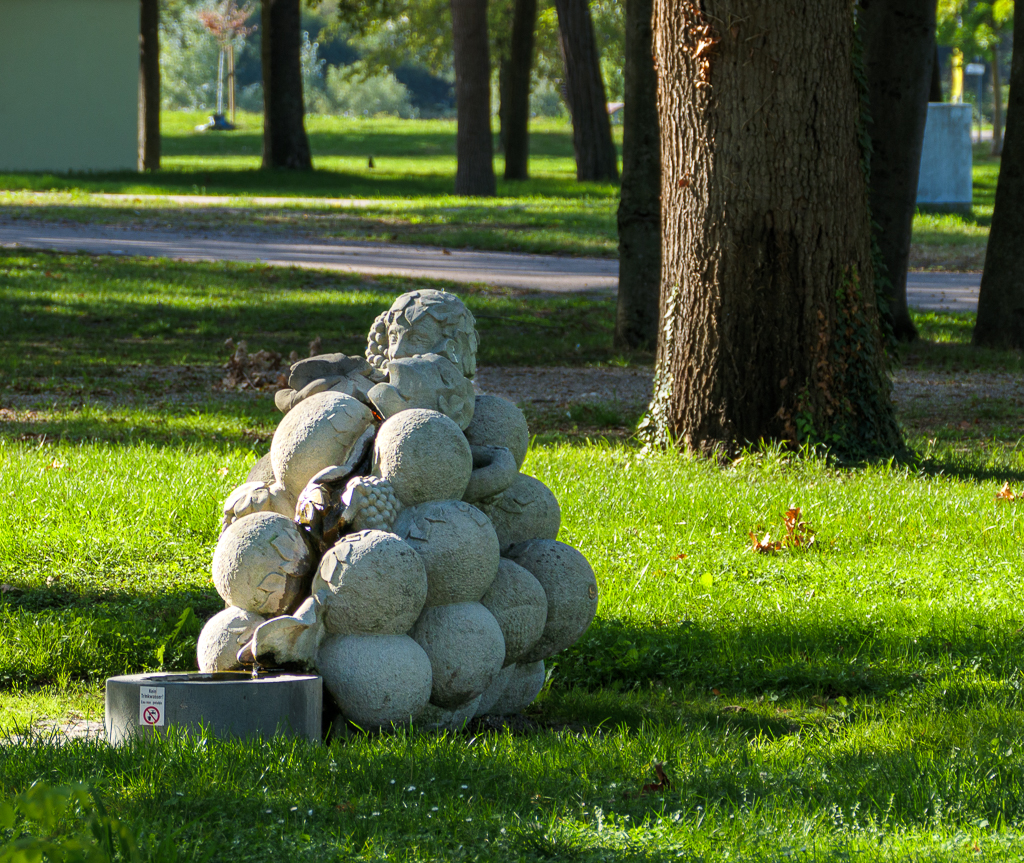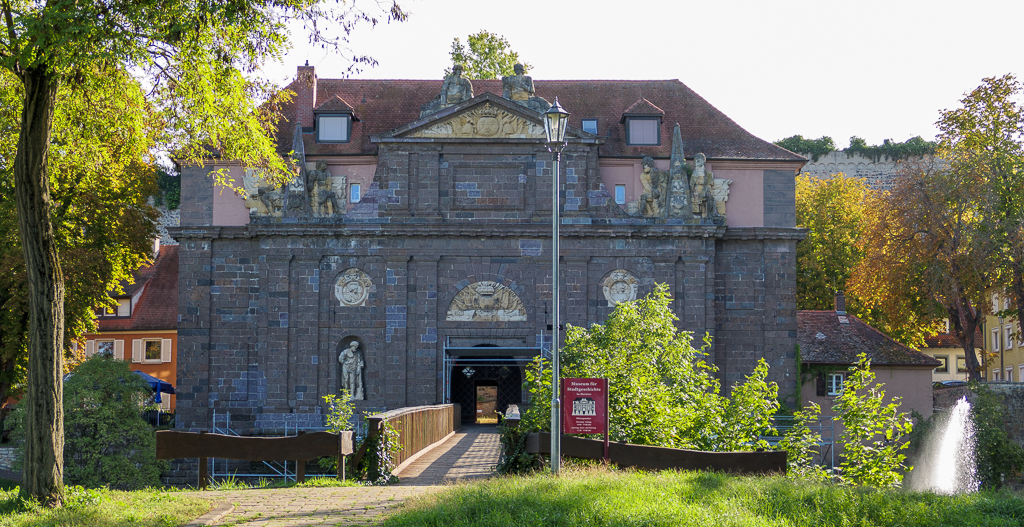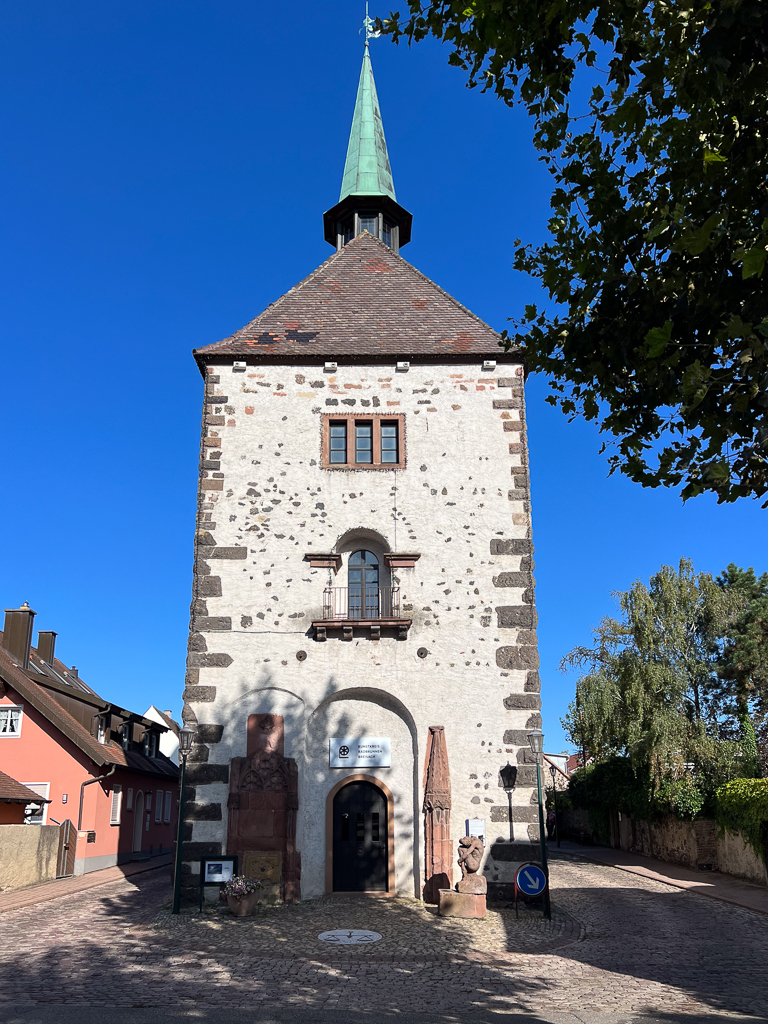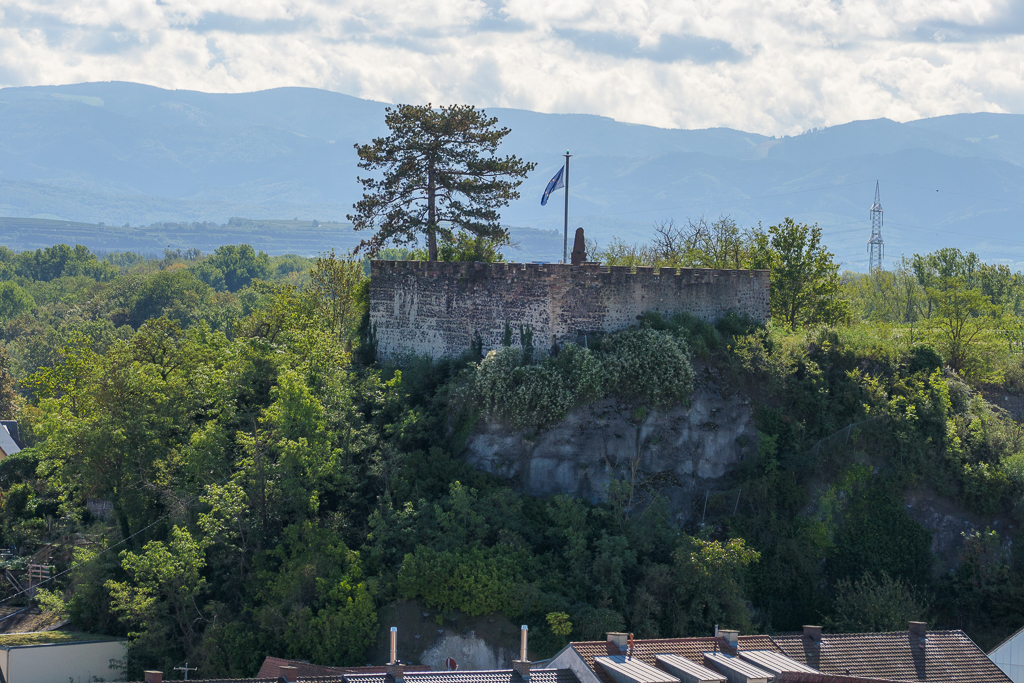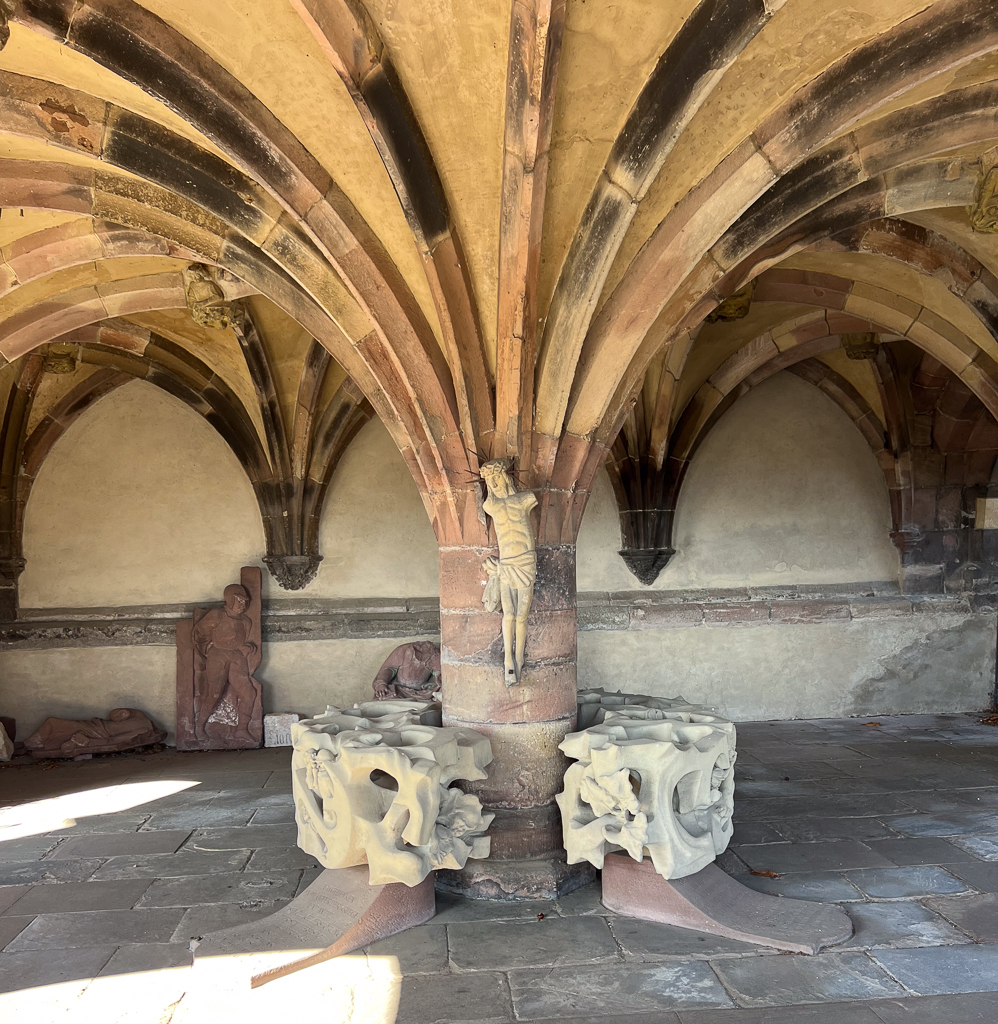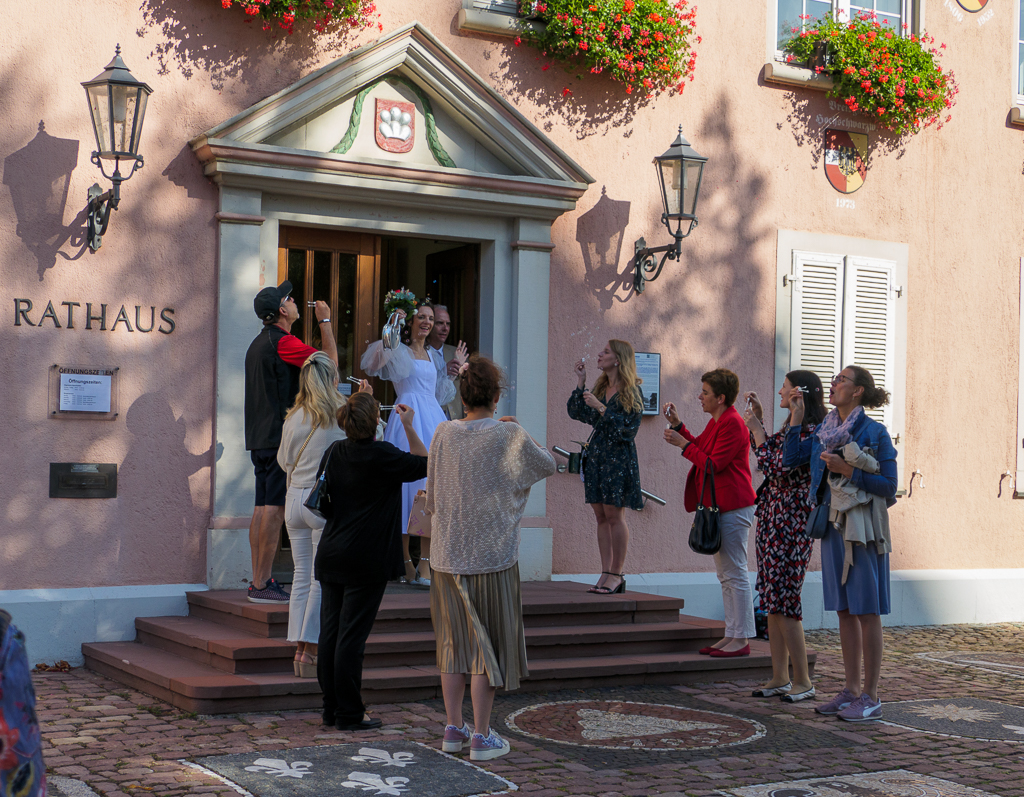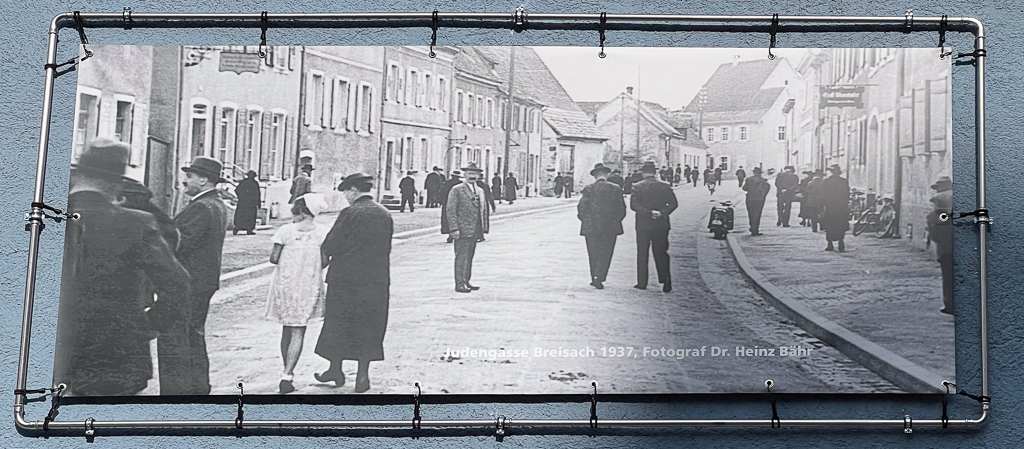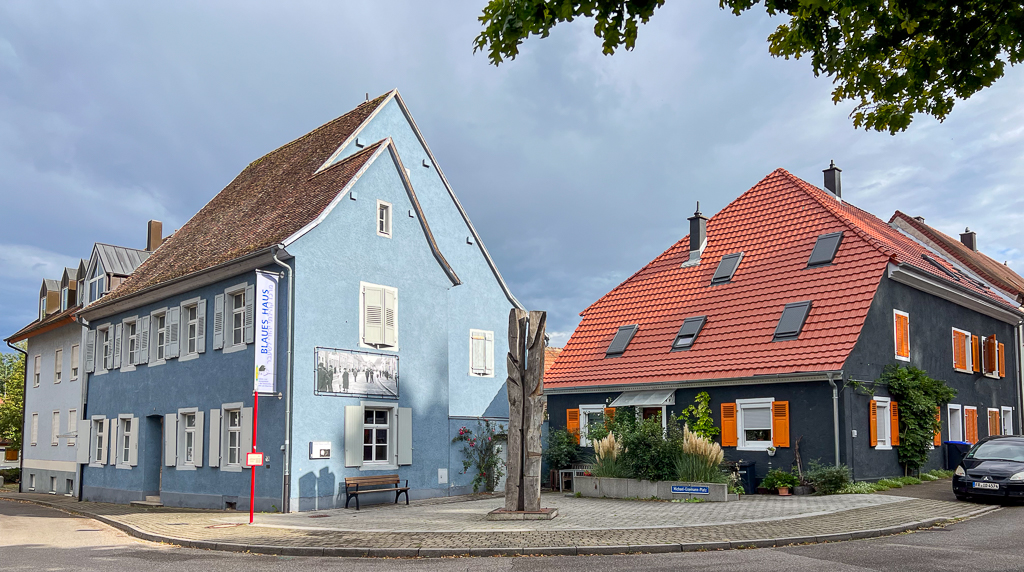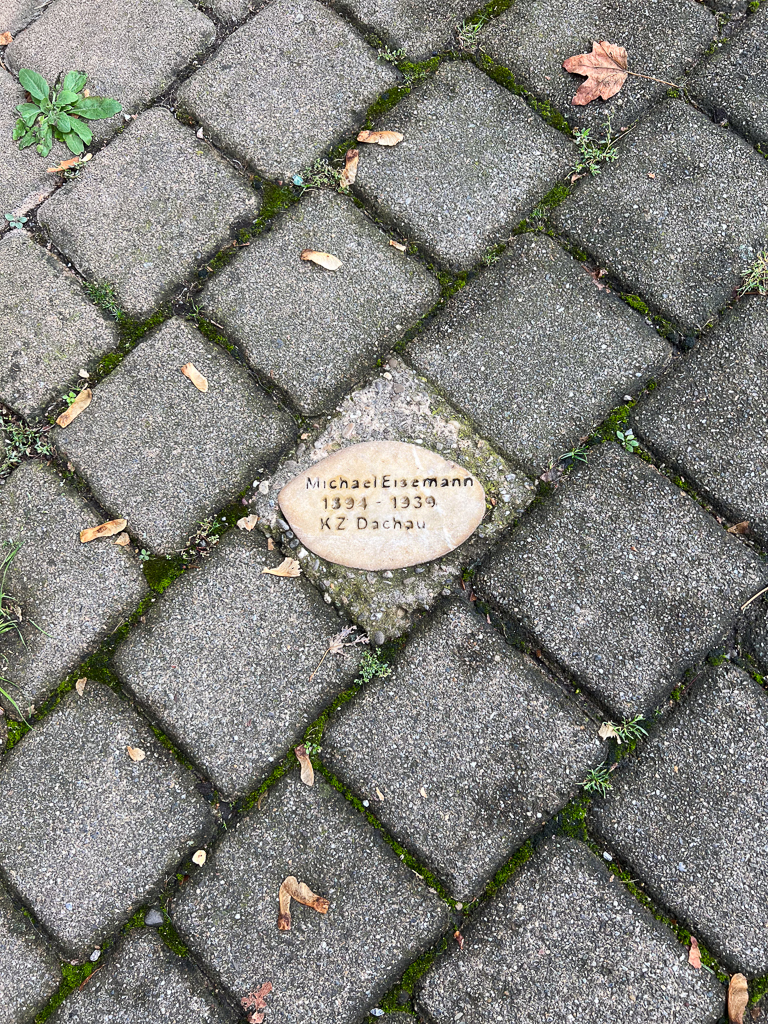We sailed overnight to Strasbourg, docking about 100 yards from where we’d started the cruise on Friday. We took the City Tour, which began with a quick drive past the European District where we got glimpses of the European Court of Human Rights and the European Parliament through the bus windows.
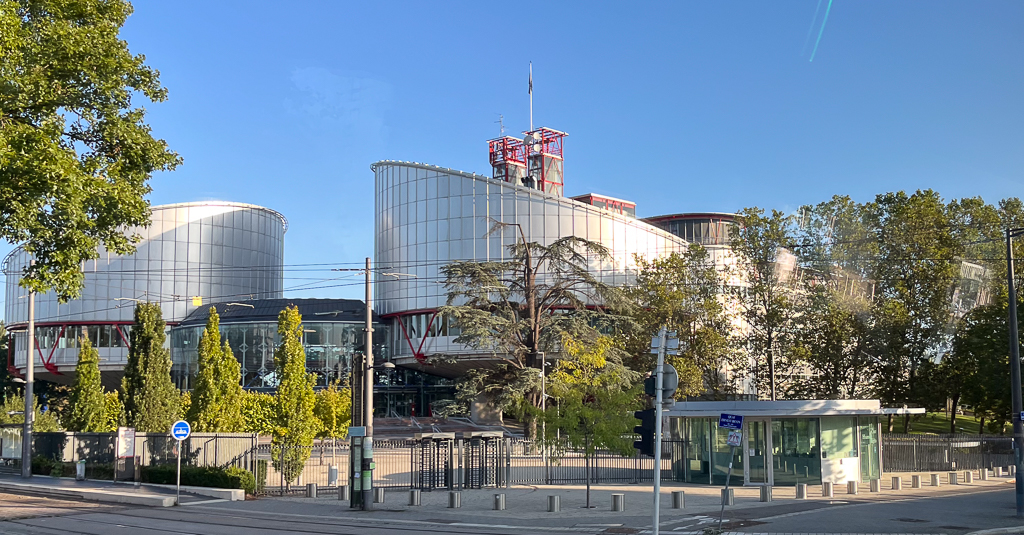
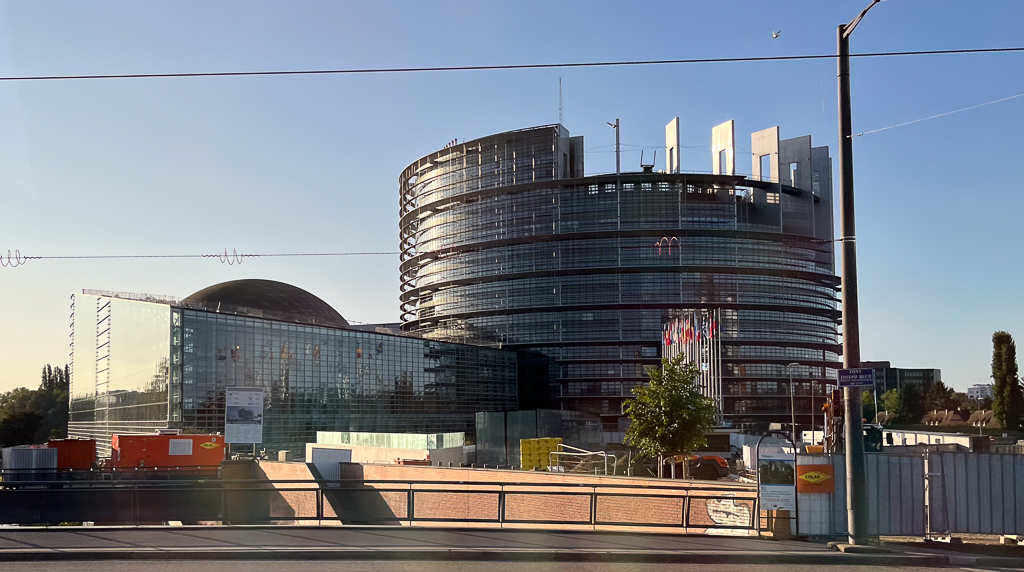
We also drove by Synagogue de la Paix, built in the 1950s to replace the synagogue that the Nazis had destroyed. It has a six-branched menorah to represent the six million Jews murdered by the Nazis.
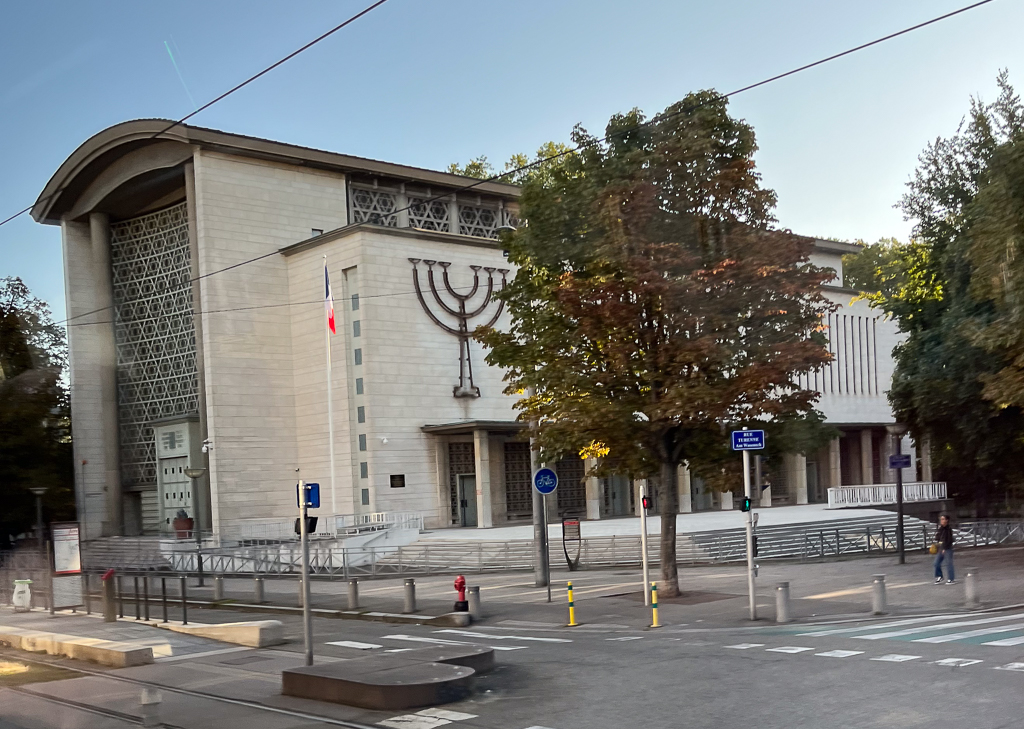
We got off the bus and walked to La Place de la République, where we saw the war memorial sculpture depicting a mother with her two dead sons, one French and one German.
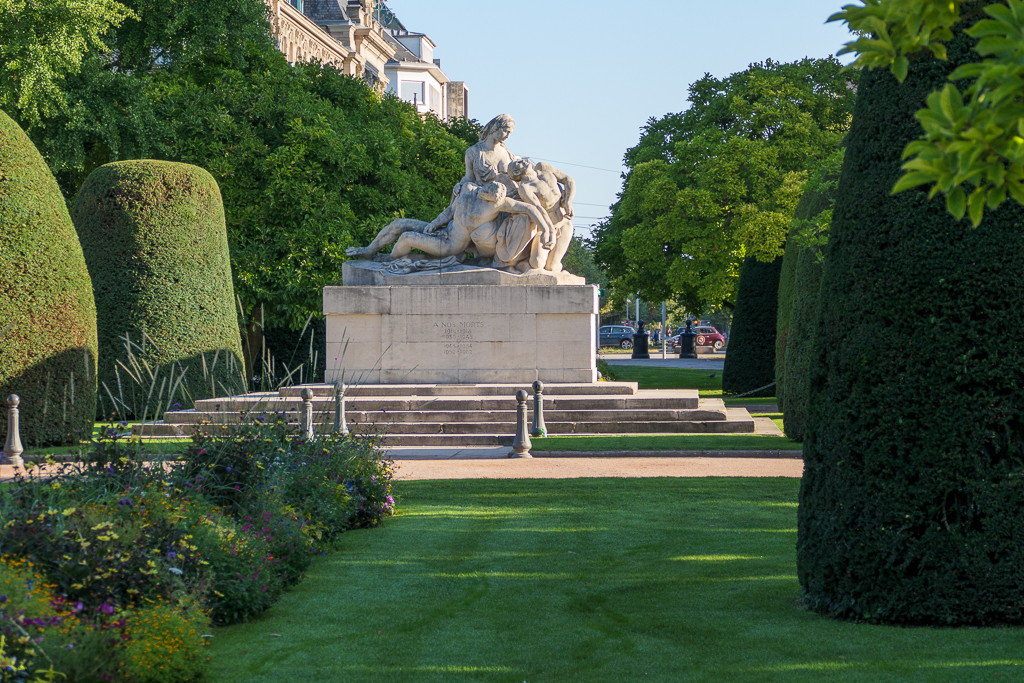
We crossed the River Ill, which separates the German and French quarters of the city and saw the Janus Fountain also known as The Birth of Civilization, which was designed in 1988 by Alsatian illustrator Tomi Ungerer, on the occasion of Strasbourg’s 2000-year anniversary. The two faces of the fountain represent the duality of French and Germanic culture in Strasbourg and Alsace. One of the faces is turned towards the historical city center, while the other points towards the old German imperial quarter of the Neustadt. The aqueduct structure, composed of 5000 bricks, symbolizes the Roman origins of Strasbourg, where the military outpost of Argentoratum was once located.
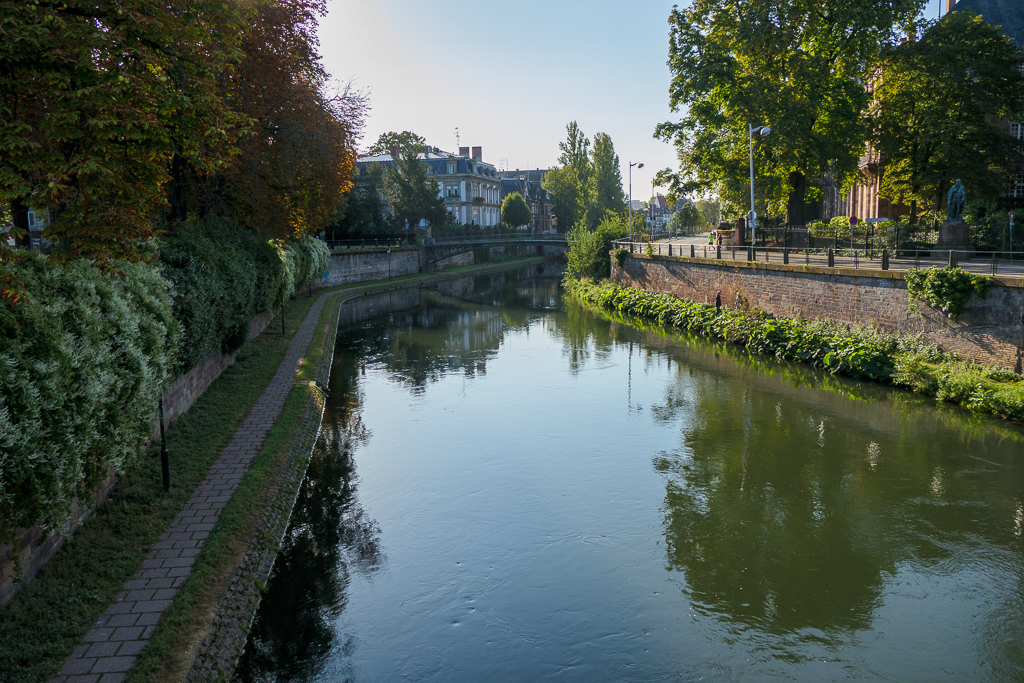
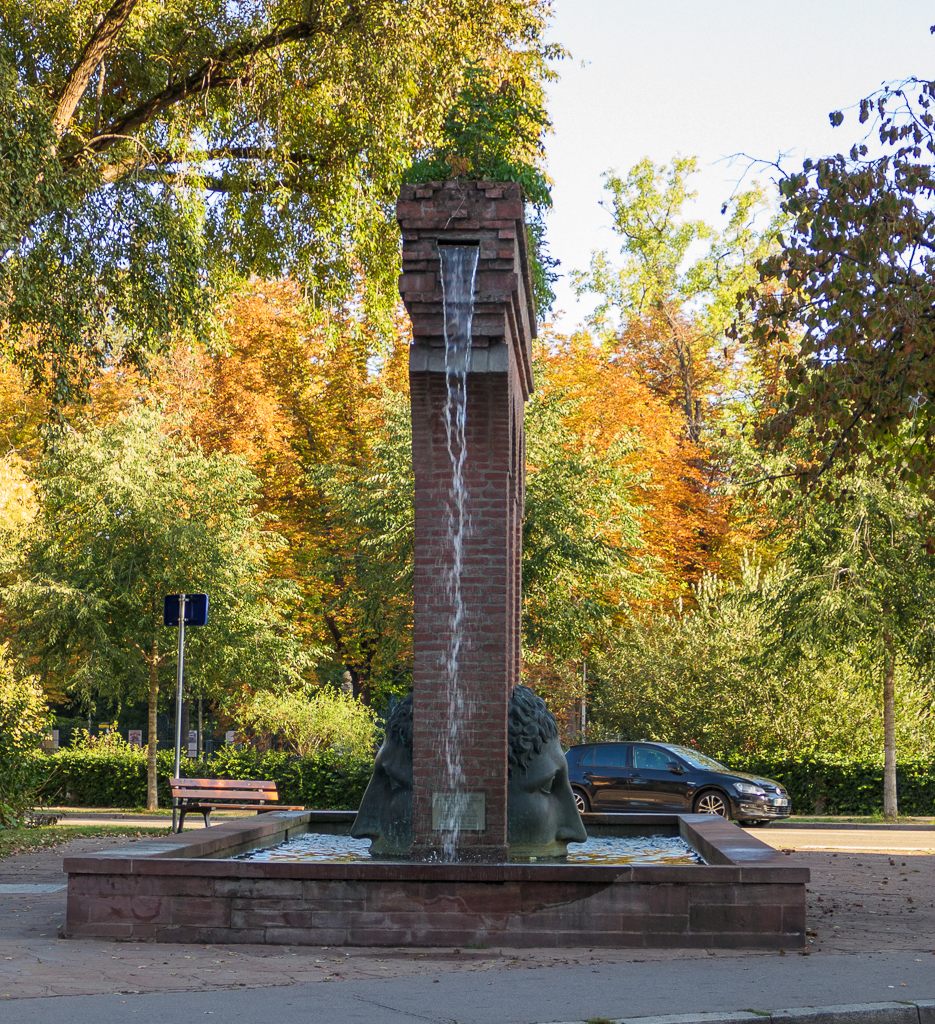
We continued walking through Place Broglie, passing the Opéra National du Rhin, the Monument au Général Leclerc, and City Hall.
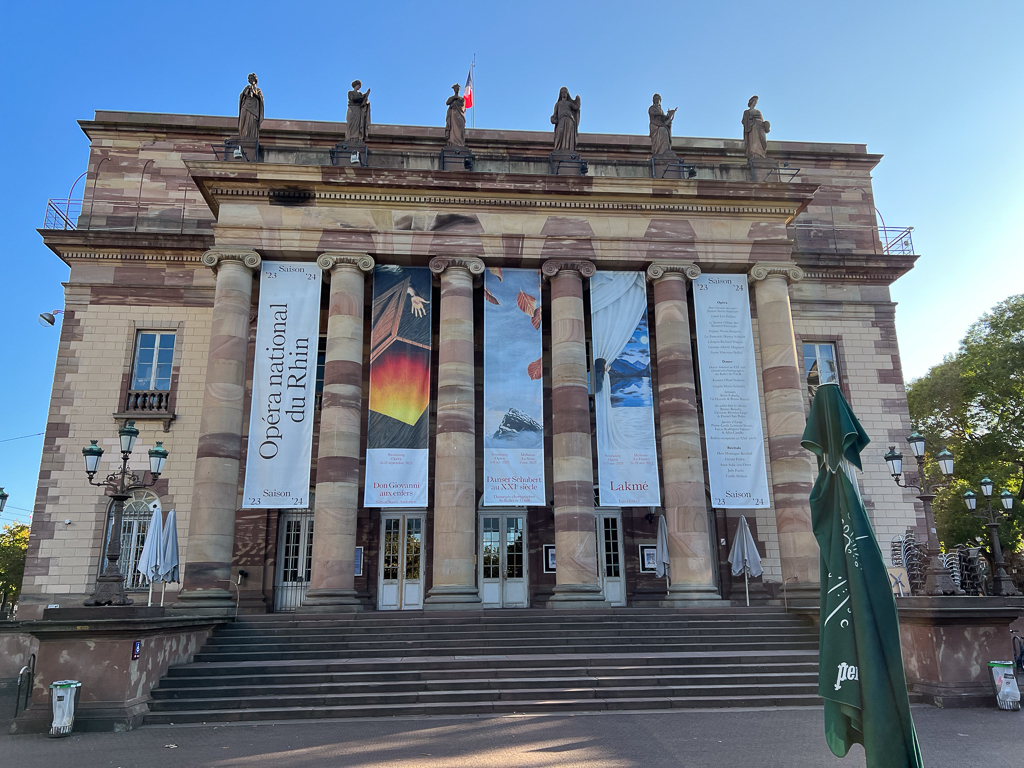
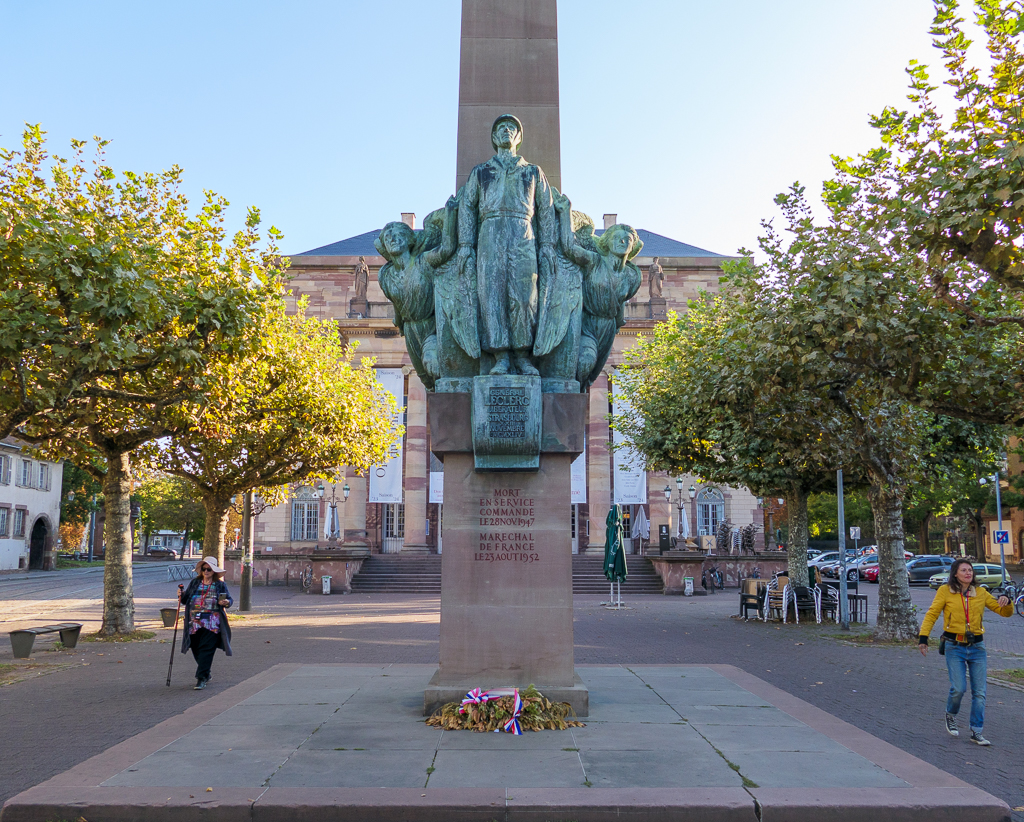
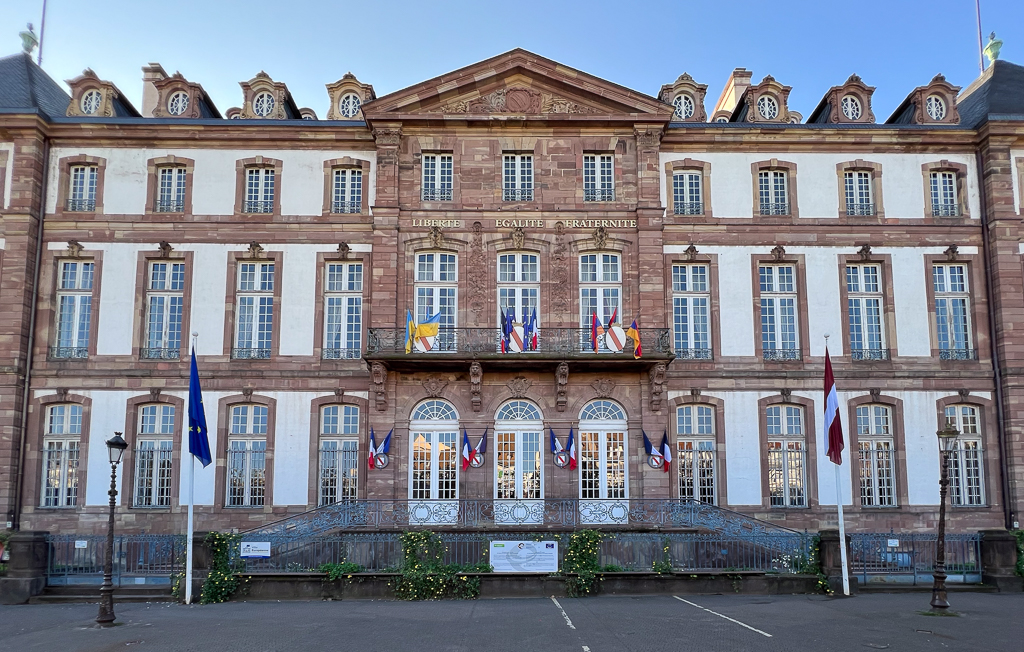
Our guide took us through the streets between City Hall and the Cathedral; they were quiet because it was early on Sunday morning, though a few bakeries were open. We weren’t able to go inside the Cathedral because services were in progress, but we could hear the organ and enjoy seeing the outside of the building.
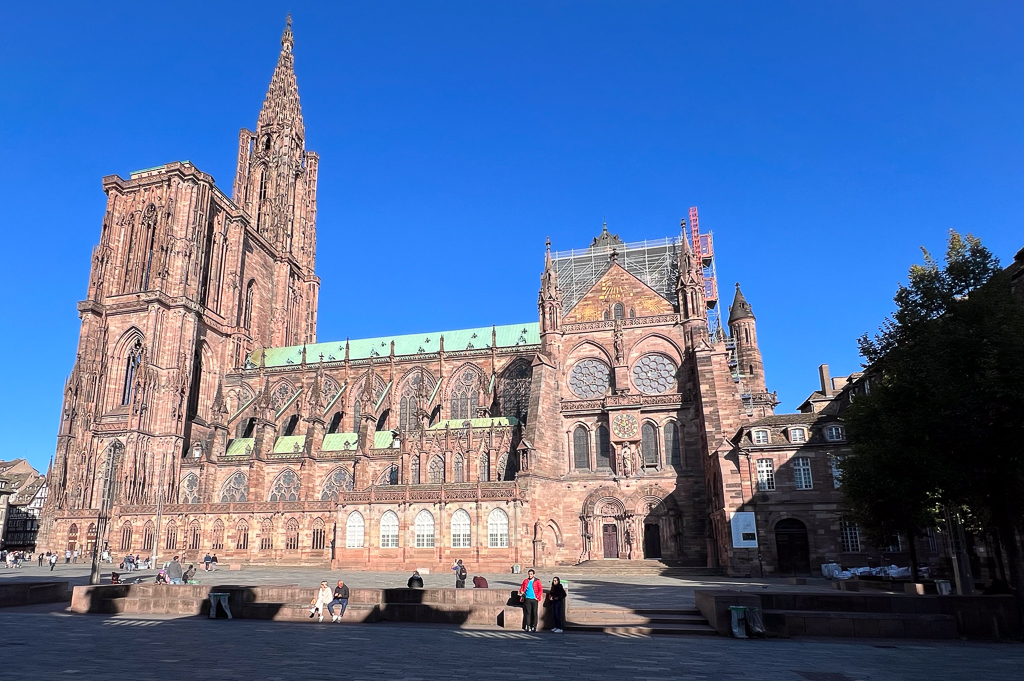
The guide left us outside the Cathedral and we explored the area with our friends.
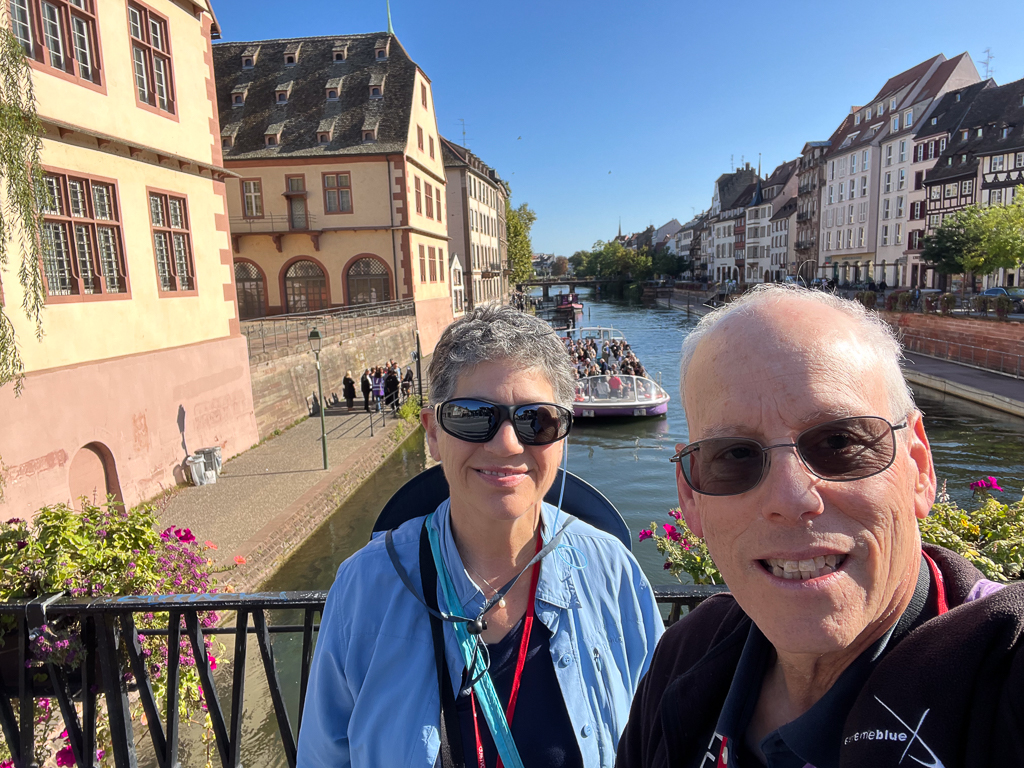
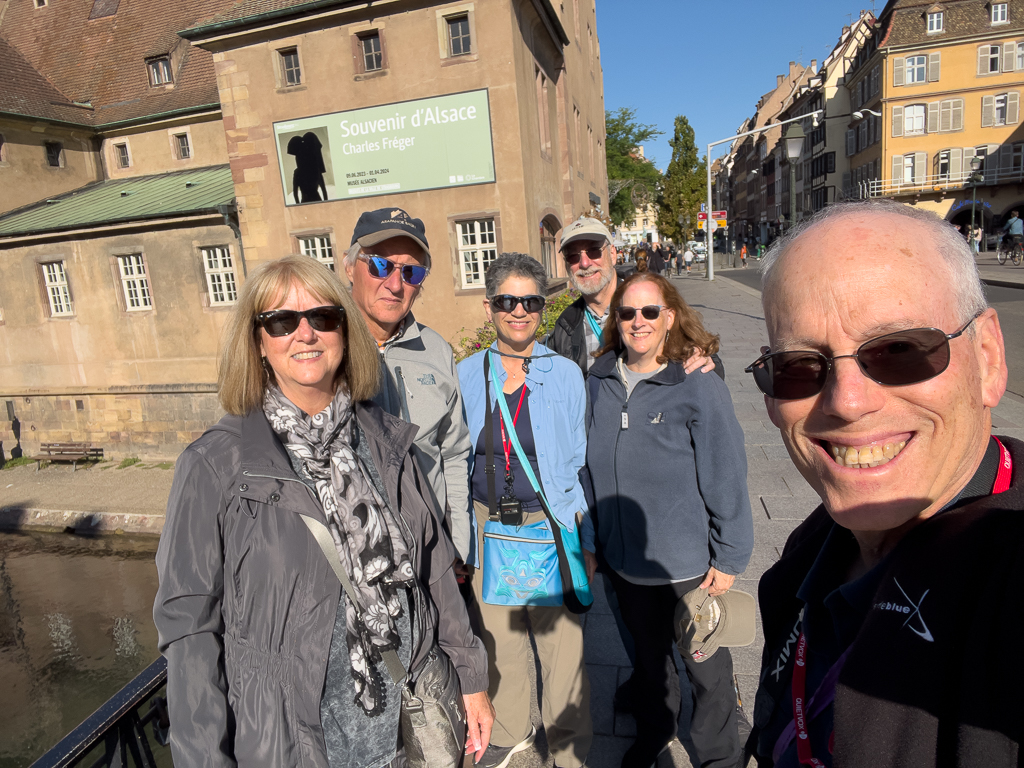
We spent most of the day at the Historical Museum which covered Strasbourg’s history from ancient times until nearly today. It was comprehensive without being overwhelming, and all the exhibits were explained in French, German, and English (though the English explanation was usually much shorter than the others).
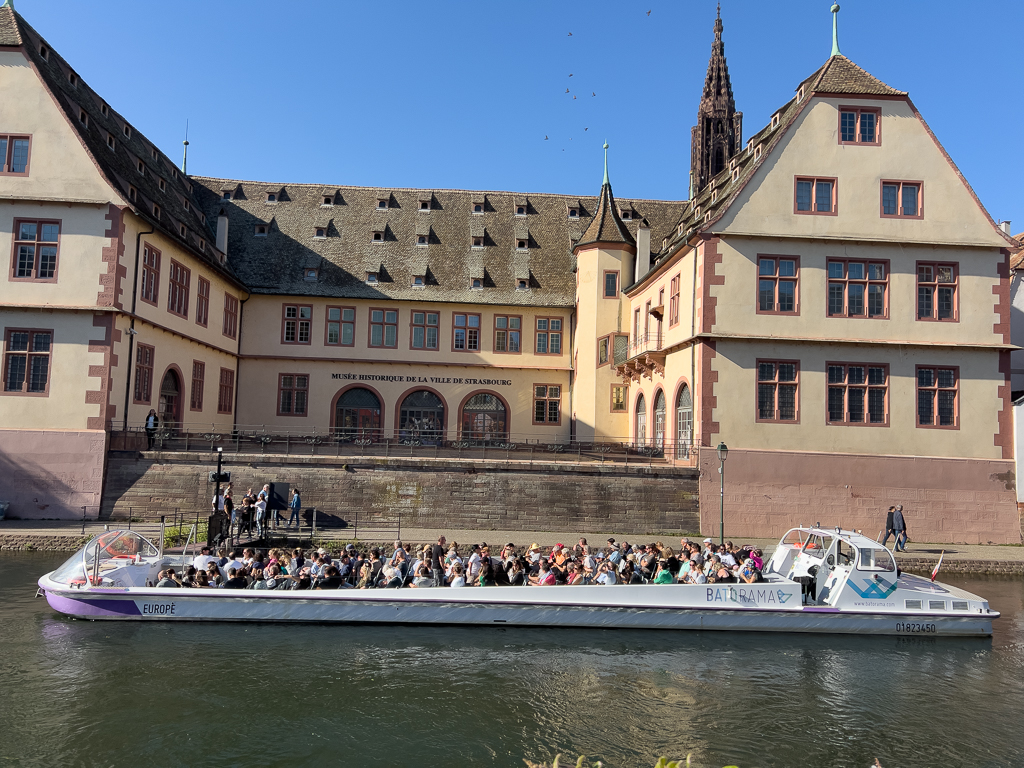
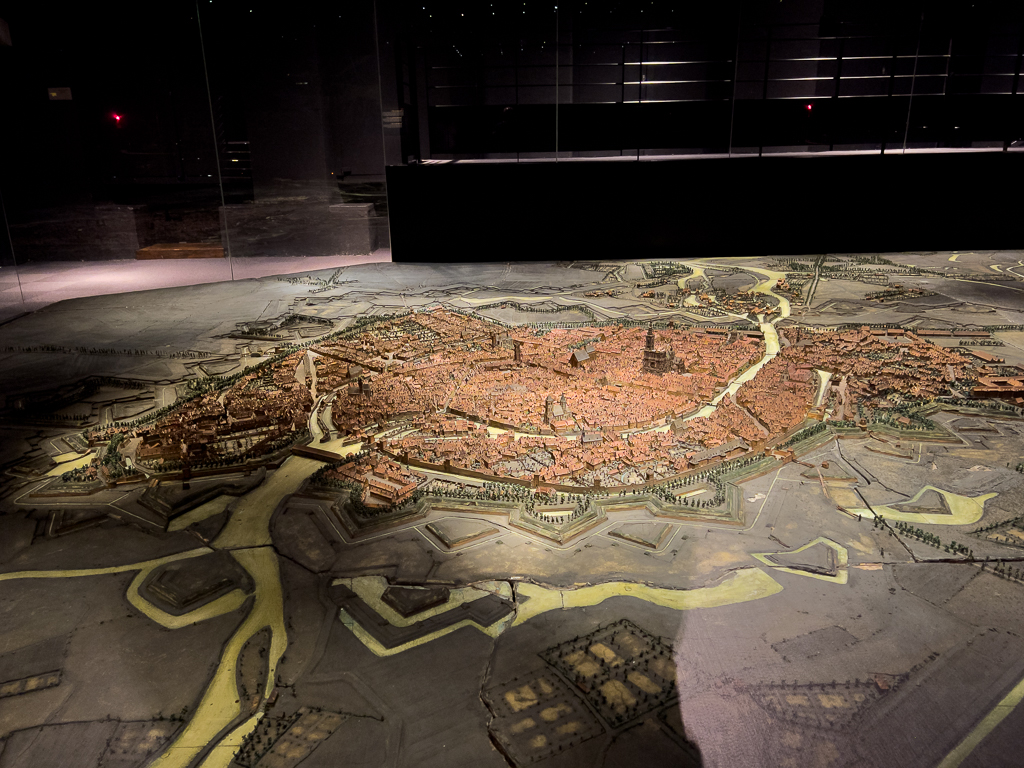
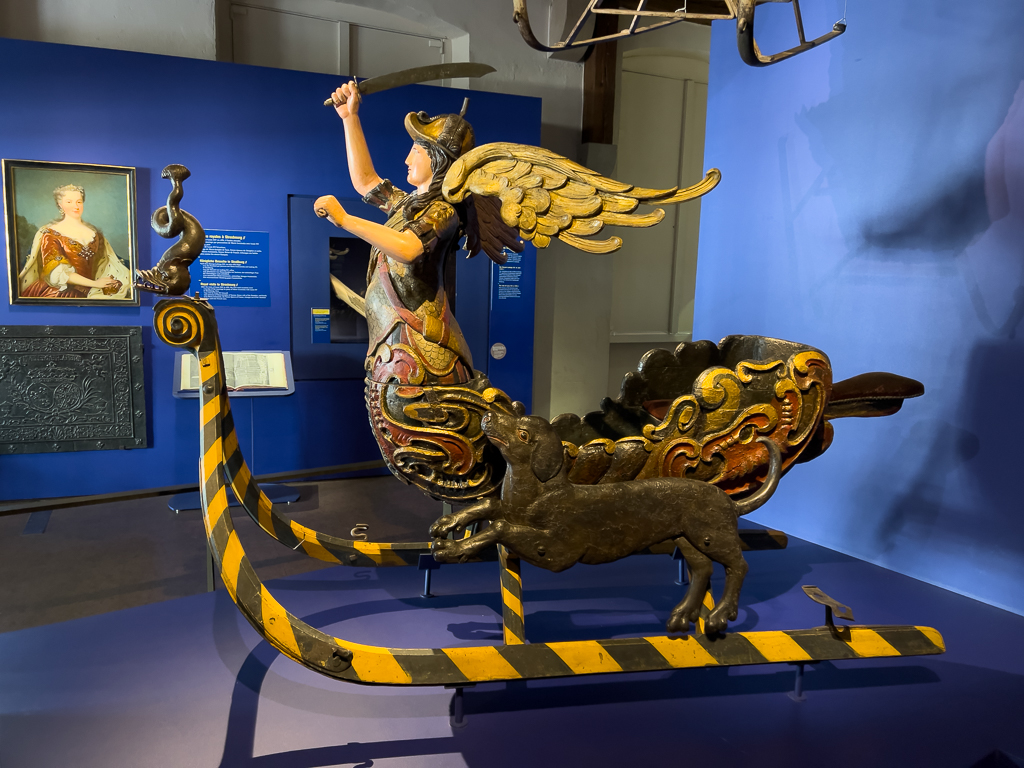
We took a break partway through our exploration to have lunch; we found Restaurant Le Rimini a few blocks away from the tourist area. The food was great and inexpensive. Diane and I ate for less than $40, including two Picon Biéres, an interesting mixture of beer and Amer Picon, a local apéritif. They gave us soup and our choice of digestif for free, too!
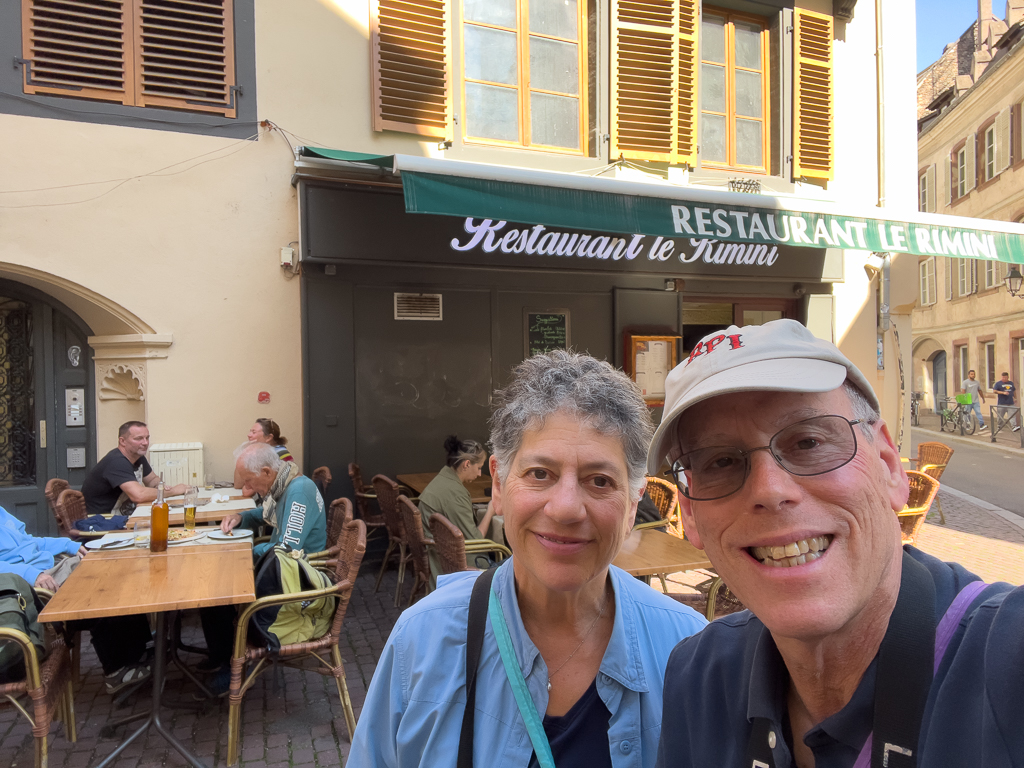
We walked back to the ship by way of the University of Strasbourg.
Lots of discoveries!

